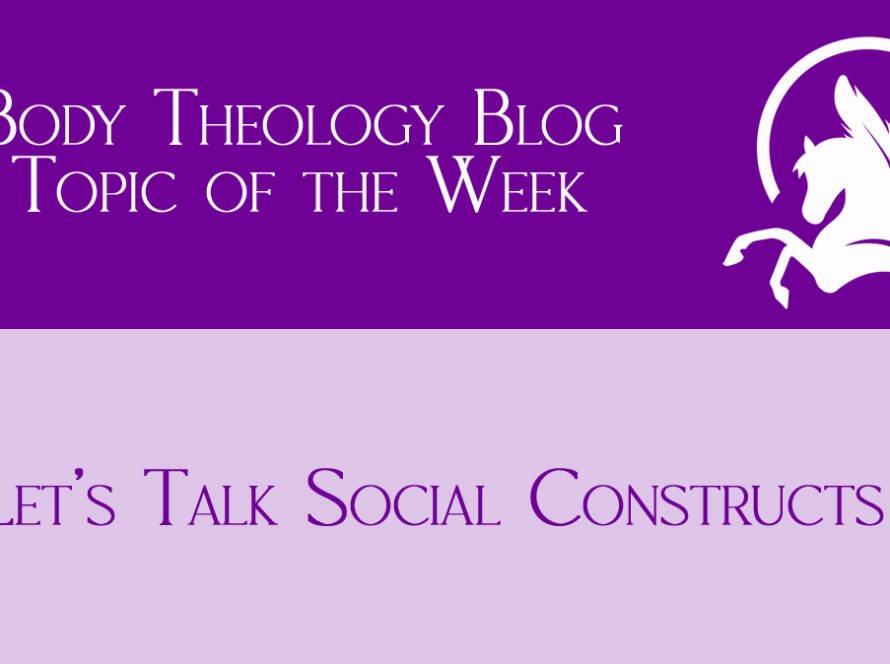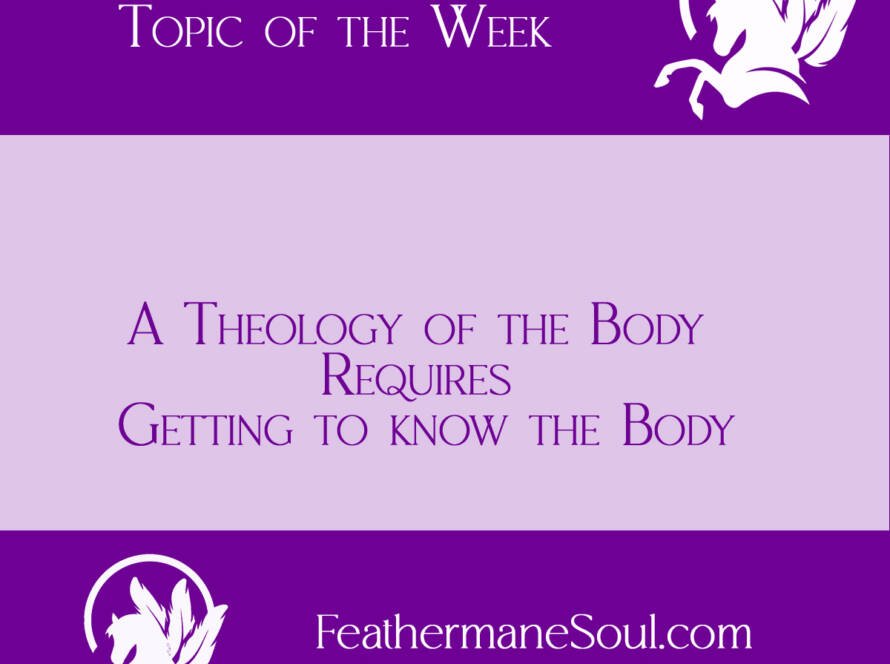July is Disability Pride Month and so for this month I will be talking about spirituality, sacredness, and our relationship to the divine in a body that’s both socially, medically, and through the minority group model disabled. In short, there are multiple models of disability, and what this means is that people are disabled through multiple means.
The first is the medical model. This is a diagnosis or pathology model. If someone has COPD and cannot walk long distances or breathe without the help of auction, they are medically disabled.
Social disability means that the person is disabled by living in a society that does not accommodate them. This is the model of disability most neurodivergent folk, like myself, fall into. My (our) brain(s) isn’t disordered; it simply works differently and we live in a society that does not accommodate our differently operating brains. It’s like trying to run Windows software on a Mac. Doesn’t work. Ends in errors and probably a lot of crying and cursing.
Recently there’s been discussion of a minority group model for disability, something I first saw mentioned in Nancy Eiesland’s book, The Disabled God. There’s several criteria to what constitutes a minority group, but the main requirements are that no one joins the group voluntarily, the group is recognized by the majority, and intragroup relationships/marriage is encouraged by the majority group.
Chronic pain patients are disabled through all three models. First, there’s the diagnosis of chronic pain or of pain-causing conditions like arthritis, fibromyalgia, EDS/hypermobility, spinal issues, etc. The list gets rather long. Socially we’re ostracized. Many jobs require people to stand or move for eight hours a day, something that is impossible in a chronically hurting body. Or we have to sit for eight hours a day, something that’s equally problematic. (I can do either for about an hour at at time, then I have to get up and move/stretch.Otherwise I get “stuck” and my joints find it difficult to move.) Thirdly, we’re disabled through the minority group model because chronic pain is no longer treated in many American health systems, we’re abandoned by medical professionals, and pain medicine use is stigmatized because of its potential for addiction.
When put that way, how can we find the sacred in our own bodies?
Living with chronic pain means that pain is a constant companion. The pain levels that many chronic pain patients live with have been proven to be much higher than what able-bodied people face; we’re just much better at masking the pain. However being in pain all the time also reminds us that we’re in a body, and traditionally in the West, with its views of mind/body dualism, the body is seen as fallen or sinful. The body is what needs to be overcome, and so living with a condition where the body is seen as an impediment to higher thinking and spirituality makes it difficult to find the sacred in a painful body.
Remembering that the body is sacred in all its forms is key to discovering the sacredness of a painful body. For me looking at a disability liberation lens, one that sees disabled bodies as whole and complete, worthy of all human rights and dignity, reminds me that even though my body is in pain, it is sacred. My personal work in disability liberation theology looking at theories of disability liberation in various religious traditions also helps, because it reminds me that there are others out there who also see the disabled body as sacred and seek to reclaim it.
Pain is part of being in a body. Whether it’s the pain of childbirth, the pain of an injury, emotional pain from loss, or the pain of chronic pain, being in pain unites us not just as humans, but across species lines. (Even lobsters and crustaceans feel pain.) In time we may have the tools to understand whether plants also feel pain. But pain is something universal across our experience, and if we believe our existence is sacred, our world is sacred, and we are divine beings, then being in pain doesn’t change that.
So as I finish writing this on a day when the chronic pain is making its presence known, I sit with it. I feel it in my body; I don’t push it away or try to disassociate from its existence. And I tell this body that aches and hurts, this body that feels abused and neglected by our medical community, I tell this body that you, too, are sacred and this pain is sacred, as is everything this body does. I sit with the pain, just as I sit and hold space for my community. We are sacred. Our pain is sacred. And if we carry it together, then perhaps it won’t hurt as much, because you know you’re not alone.


